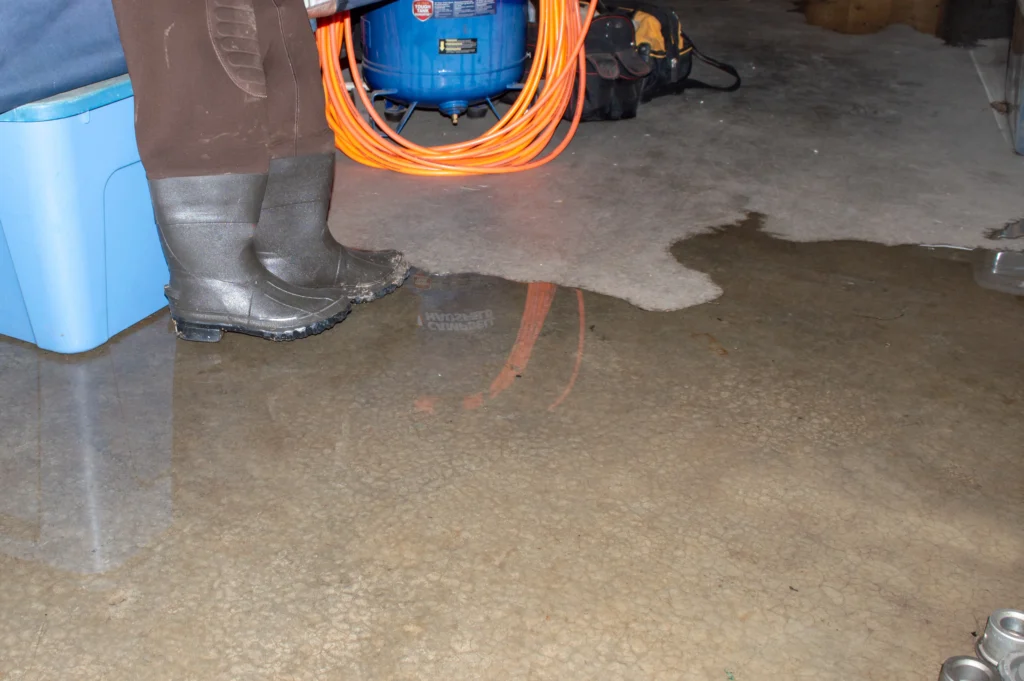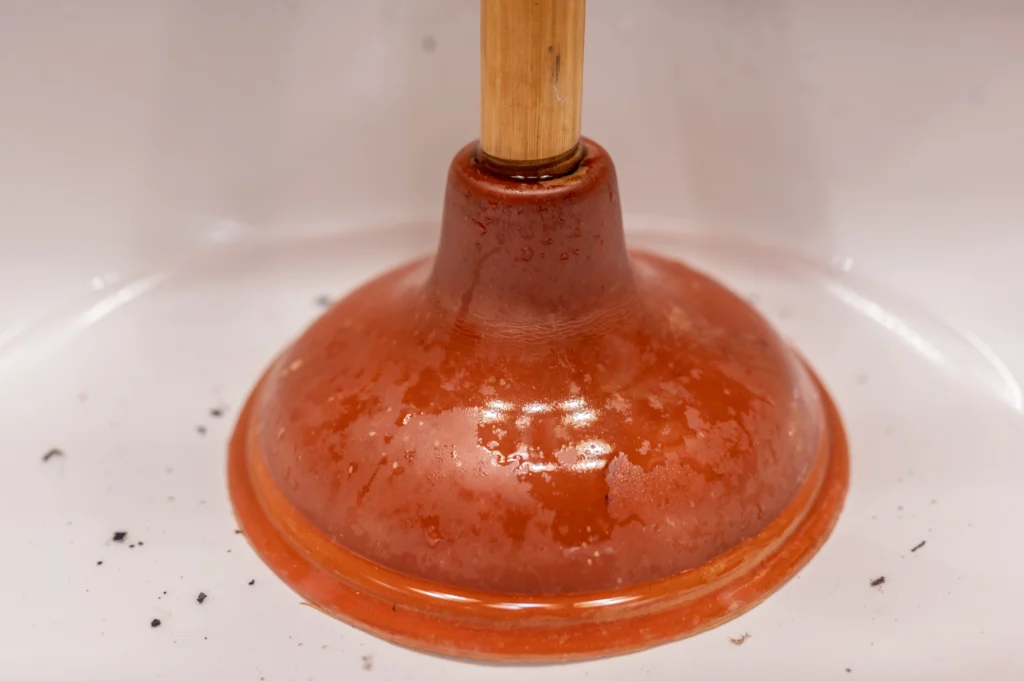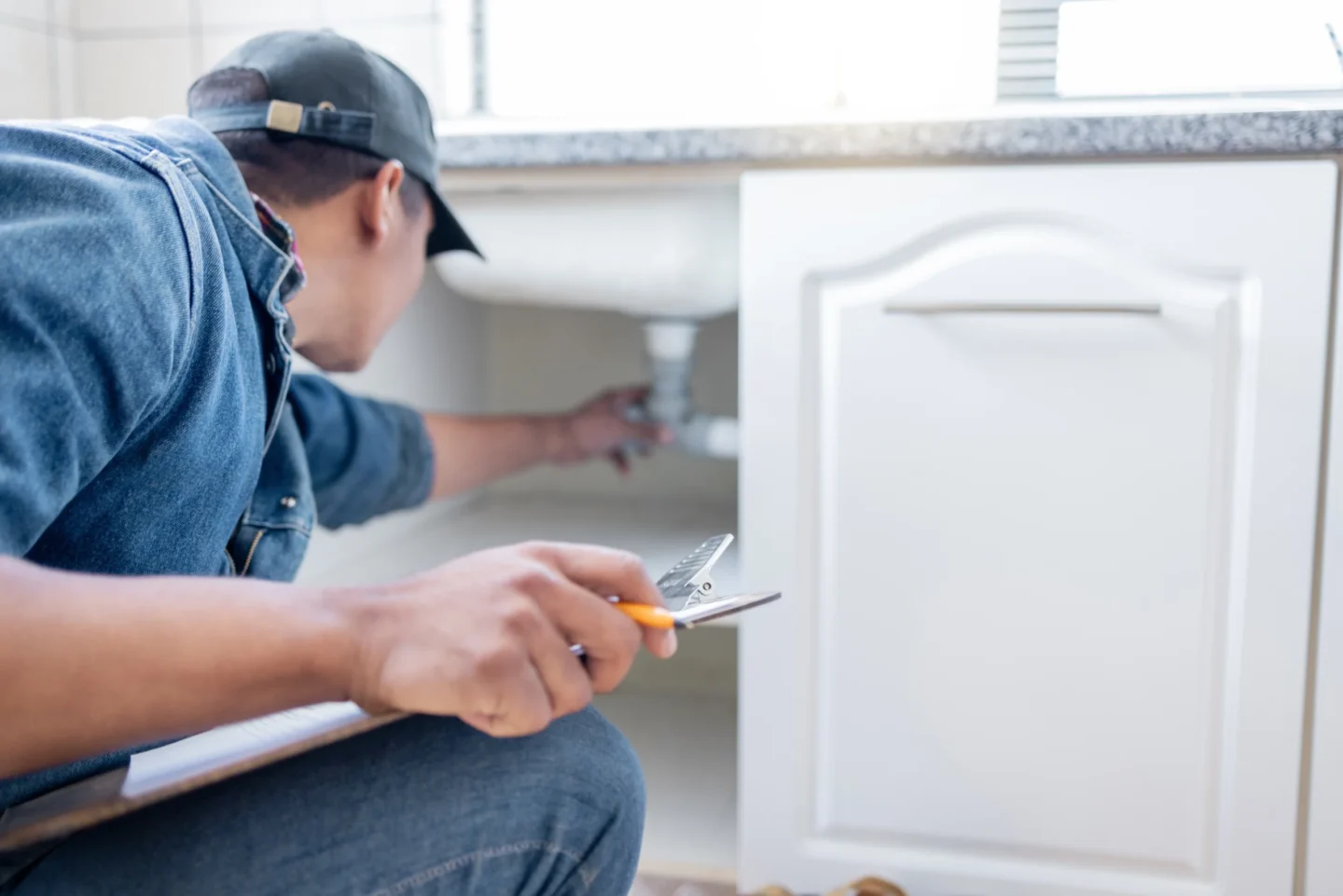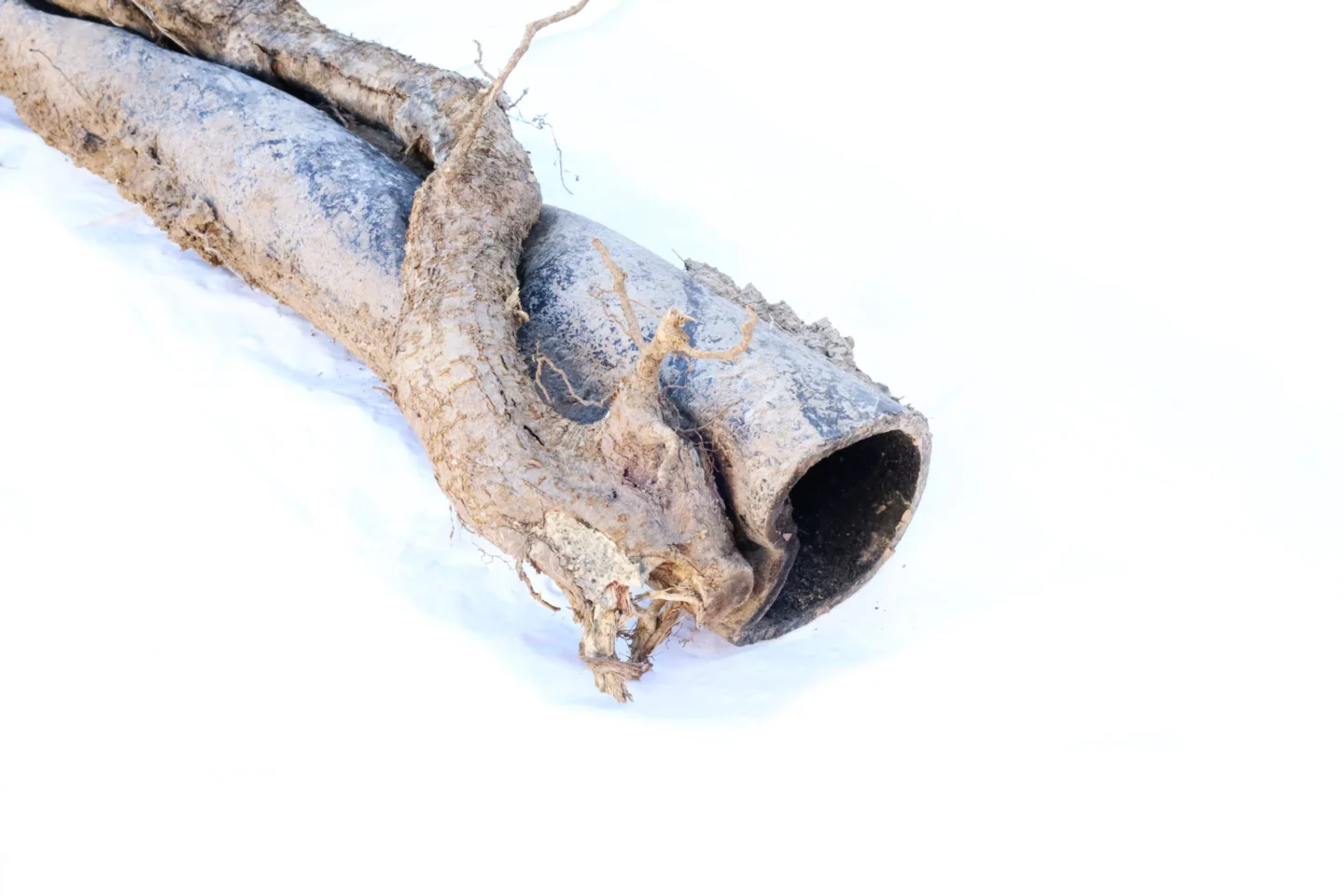
Sewer backups are among the most dreaded home maintenance issues. They can cause significant inconvenience, property damage, and even health risks. A good understanding of what causes sewer backups and knowing the appropriate fixes can be incredibly helpful to homeowners in Edwardsville, IL.
What Causes Sewer Backups?
Several factors contribute to sewer backups, and it’s essential to understand them to prevent and address issues effectively. One common cause is clogs. Like smaller drains, the main sewer line can become blocked by materials such as grease, hair, and items not meant to be flushed like paper towels or feminine hygiene products. Over time, these can accumulate and impede water flow, leading to backups.
- Tree Roots: Tree roots are another frequent culprit. They can grow into cracks in sewer lines as they search for moisture. Once inside, they not only block the flow of wastewater but can also cause further damage to the pipes. Aging infrastructure also plays a role, particularly in older homes where clay or other porous materials were used for piping. These can degrade or collapse, disrupting sewer service.
- Rain: Heavy rainfall can overwhelm municipal sewer systems. In cities with combined sewer systems—where both sewage and storm water travel through the same pipes—heavy rains can lead to excess water backing up into individual home sewer lines.

How to Fix These Backups
The approach to fixing a sewer backup depends largely on the root cause and severity of the backup. For minor clogs, homeowners might find that a plunger or a plumber’s snake is sufficient to clear the blockage. These tools can push through or pull-out materials blocking the flow.
If these simpler measures fail, it’s advisable to contact a professional sewer company near Edwardsville, IL. Professionals may use advanced techniques such as hydro jetting, which uses high-pressure water streams to clear out blockages and buildup within the pipes.
For issues like tree root intrusion, a plumber might use a mechanical auger with a cutting blade to cut the roots and clear the line. Chemical treatments are also available that kill the roots and prevent them from coming back. However, these chemicals need to be used carefully as they can also harm the surrounding vegetation and environment.
In cases where the sewer pipes are damaged, repair methods may vary. Trenchless repair techniques like pipelining or pipe bursting are often preferred because they are less invasive than traditional methods. Pipe lining involves creating a new, seamless pipe inside the old one, while pipe bursting involves breaking the old pipe while simultaneously replacing it with a new one.
If you are looking for a company near Edwardsville, IL who can help you fix and prevent sewer backups, contact Bland’s Plumbing Sewer & Water today.



